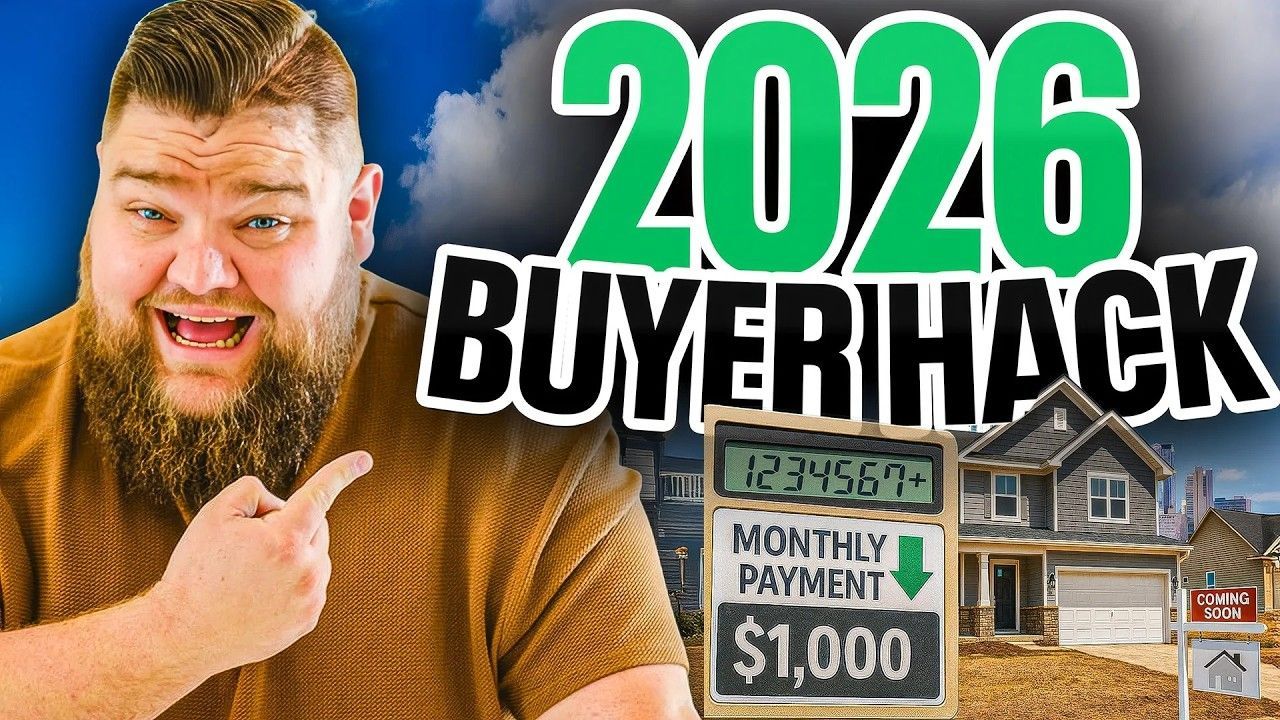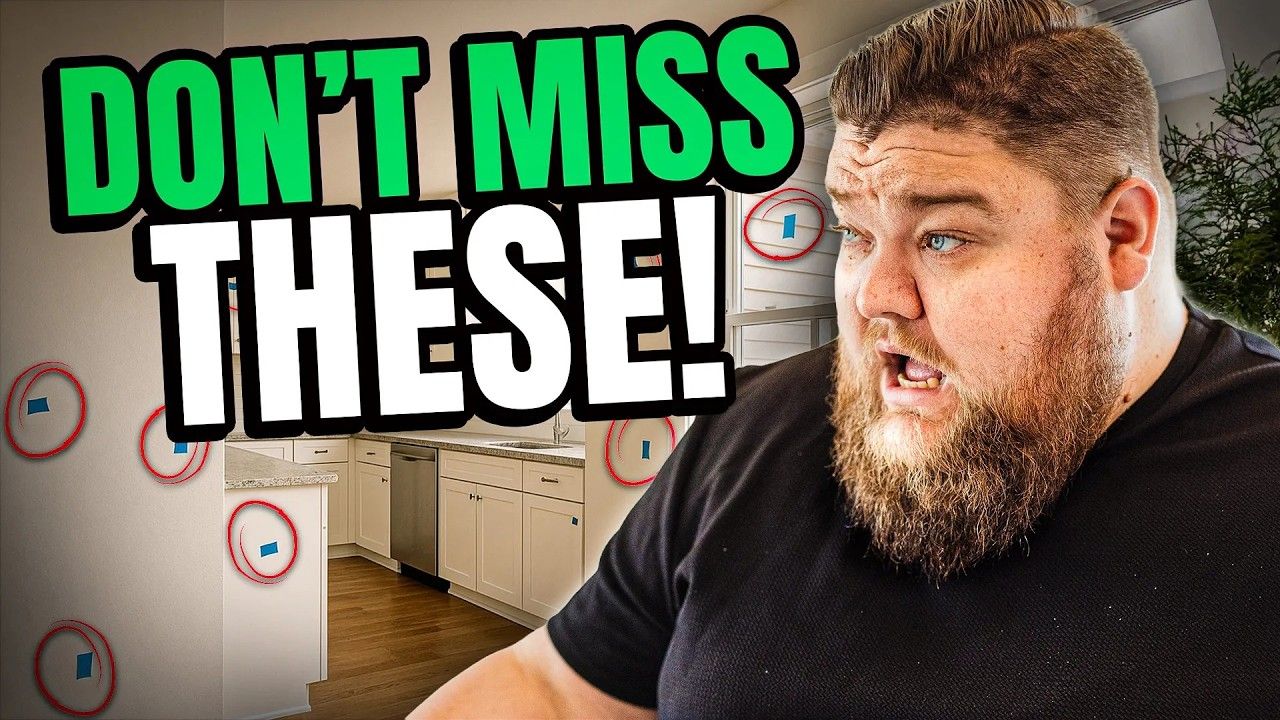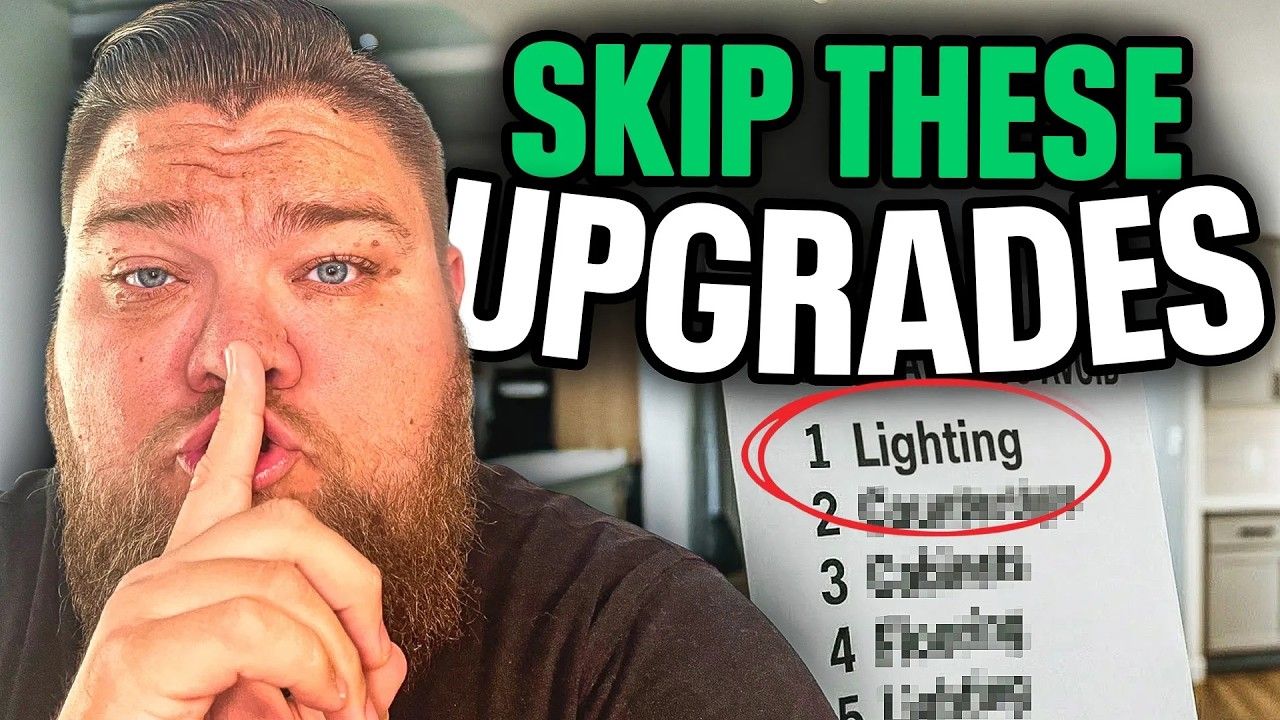The Biggest Mistakes Buyers Make with Builder Incentives – How to Avoid Losing Thousands!
When considering a new construction home, many buyers unknowingly make costly mistakes that can lead to lost savings and increased stress. In this article, we will explore the biggest pitfalls buyers encounter with builder incentives and provide strategies to navigate them effectively. Whether you’re a first-time homebuyer or looking to upgrade, knowing these tips can save you thousands when buying a new home.
Table of Contents
- Understanding Builder Incentives
- Common Mistake #1: Misunderstanding Price Reductions vs. Closing Costs
- Common Mistake #2: Thinking You Must Put 20% Down
- Common Mistake #3: Ignoring Hidden Terms and Conditions
- Common Mistake #4: Not Negotiating
- Common Mistake #5: Miscalculating Long-Term Value
- Conclusion: Making Informed Decisions
- Frequently Asked Questions
Understanding Builder Incentives
Builder incentives are financial offers designed to attract buyers, and they can come in various forms: reduced prices, closing cost assistance, or interest rate buy-downs. However, navigating these incentives can be tricky. It’s crucial to understand how these incentives work to ensure you benefit from them rather than fall victim to common misconceptions.
Common Mistake #1: Misunderstanding Price Reductions vs. Closing Costs
The first significant mistake many buyers make is thinking that price reductions and closing costs are equivalent. They are not. While a lower purchase price might seem appealing, it often has less impact on your monthly payments than reducing your closing costs or obtaining an interest rate buy-down.
For instance, let’s say you’re looking at a home priced at $450,000. If you negotiate a reduction of $15,000, your new price is $435,000. However, the change in your monthly payment may be minimal. Instead, using that $15,000 to cover closing costs or to buy down your interest rate can lead to significant savings over time.
Calculating the Real Cost
Consider the following example:
- Home Price: $450,000
- 5% Down Payment: $22,500
- Interest Rate: 6.88%
- Monthly Payment (Principal & Interest): Approximately $4,000
Now, if you reduce the price by $15,000:
- New Home Price: $435,000
- New Monthly Payment: Approximately $3,914
The difference in monthly payments is around $86, which isn’t significant considering the amount of money spent. If instead, you used that $15,000 for closing costs or a buy-down, the impact on your monthly expenses could be much greater.
Common Mistake #2: Thinking You Must Put 20% Down
Another prevalent misconception is that you need to put down 10, 15, or even 20% to purchase a home. While putting more down can reduce your monthly mortgage payment, it’s not a requirement. Many buyers can successfully purchase a home with a lower down payment, such as 5%.
Let’s break down the numbers:
- 5% Down Payment on $450,000: $22,500
- 20% Down Payment on $450,000: $90,000
The difference in cash to close is substantial. By only putting down 5%, you save $67,500 upfront. This money can be used for other expenses, such as moving costs, furniture, or even investments.
Consider Your Financial Comfort
Ultimately, it’s essential to do what makes you comfortable. If putting down a larger amount feels right for you, go for it. However, if you can secure a home with less upfront cash, that might be the smarter financial move.
Common Mistake #3: Ignoring Hidden Terms and Conditions
When browsing builder websites, you may come across enticing offers like low-interest rates or unique promotions. However, these deals often come with hidden terms and conditions that you must meet to qualify.
For instance, many builders require you to use their preferred lender to access certain incentives. If you plan to use your lender, you may miss out on these offers. Additionally, some promotions might require a specific credit score or down payment type, such as conventional loans with a minimum of 5% down.
Be Aware of Time Restrictions
Many builder incentives are time-sensitive. If you see terms like "limited time offer," act quickly. Builders often have a limited pool of funds available for these promotions, which means if you wait too long, you might miss out.
Common Mistake #4: Not Negotiating
Some buyers walk into a builder's office thinking that the listed price is set in stone. This couldn’t be further from the truth. There is often room to negotiate, whether it’s asking for a price reduction, requesting additional incentives, or even asking for appliances like a washer and dryer.
Negotiation is an art, and it’s essential to approach it respectfully. The more you know about the market and the builder, the better your chances of securing an advantageous deal.
Know When to Leverage Your Position
Timing your negotiation can also play a crucial role. If you’re shopping at the end of a quarter or during a slow sales period for a builder, you may have more leverage to negotiate favorable terms.
Common Mistake #5: Miscalculating Long-Term Value
Finally, many buyers fail to consider the long-term value of their investment. While it’s easy to focus on the immediate costs, understanding the potential for appreciation in value is critical. In markets like DFW, certain neighborhoods may see substantial appreciation over time, while others may not.
For example, buying a home in a rapidly developing area may yield a higher return on investment compared to purchasing in a less desirable location. It’s essential to research local trends, school districts, and future development plans before making a purchase.
Understanding Market Dynamics
Consider asking your realtor about the historical appreciation rates in different neighborhoods. This will help you make a more informed decision about where to invest your money.
Conclusion: Making Informed Decisions
Buying a new construction home can be an exciting yet overwhelming experience. By avoiding these common mistakes related to builder incentives, you can position yourself for a successful home-buying journey. Always remember to:
- Consider the impact of price reductions vs. closing costs.
- Understand that larger down payments are not always necessary.
- Be aware of hidden terms and conditions.
- Negotiate for the best deal possible.
- Calculate the long-term value of your investment.
If you have questions or need assistance, feel free to reach out. We are here to help you navigate the new construction market with confidence!
Frequently Asked Questions
What are builder incentives?
Builder incentives are financial offers from builders to entice buyers. They can include price reductions, closing cost assistance, or interest rate buy-downs.
Do I need to put 20% down to buy a new home?
No, many buyers can purchase a home with a down payment as low as 5%. It’s essential to choose what feels comfortable for your financial situation.
Can I negotiate with builders?
Yes! There is often room for negotiation when it comes to price and incentives. Don’t hesitate to ask for what you want.
How do I know if a neighborhood will appreciate in value?
Research local market trends, school districts, and future development plans. Talking to a knowledgeable realtor can also provide valuable insights.
What should I watch out for when considering builder incentives?
Be aware of hidden terms and conditions, time restrictions, and ensure you fully understand what you need to qualify for any incentives offered.
For more information or assistance with your home-buying journey, don’t hesitate to book a call or fill out our contact form. We are here to help you every step of the way!

Zak Schmidt
From in-depth property tours and builder reviews to practical how-to guides and community insights, I make navigating the real estate process easy and enjoyable.













